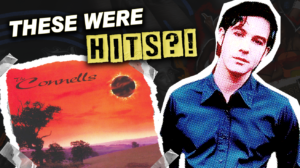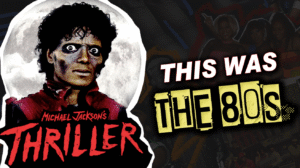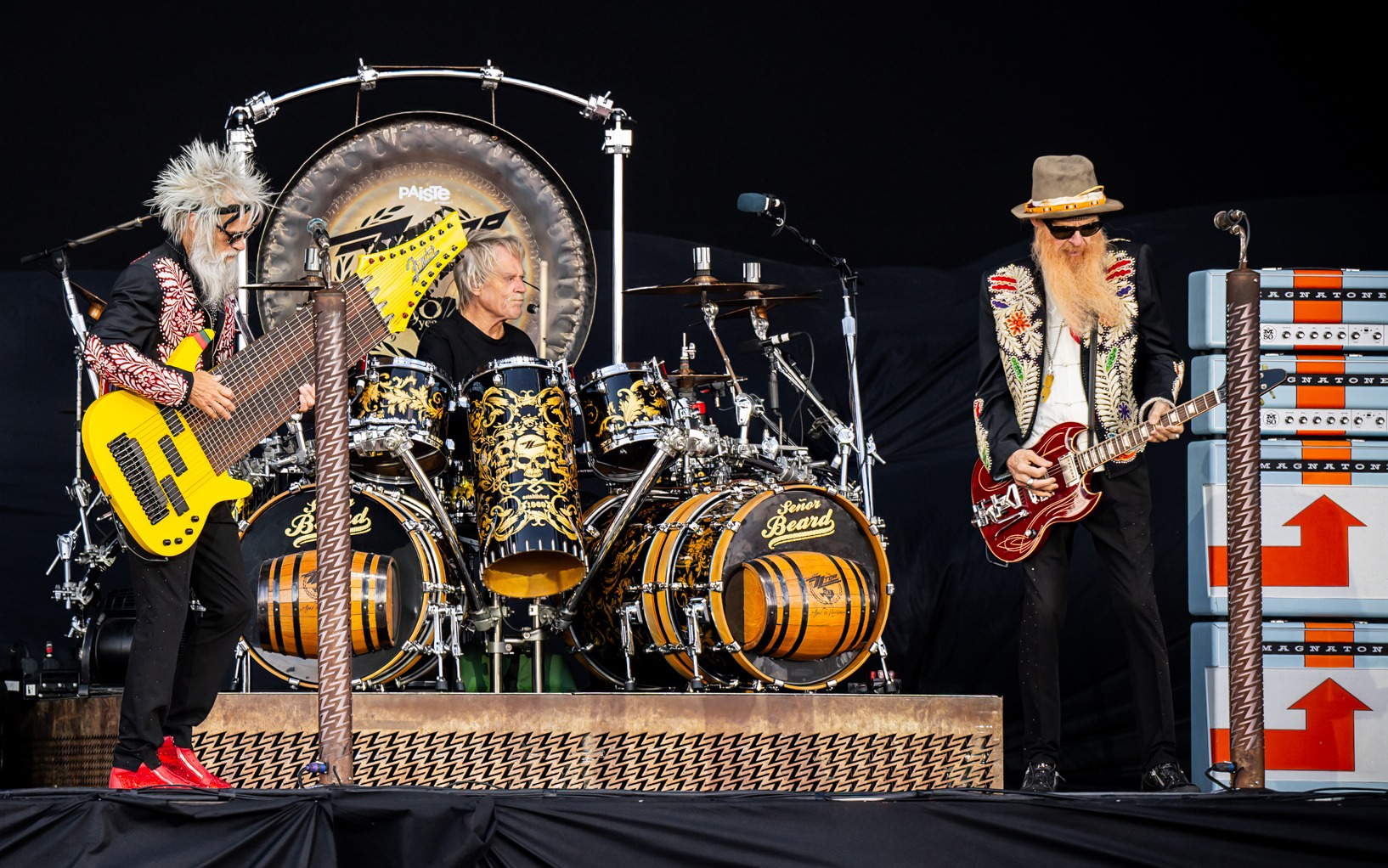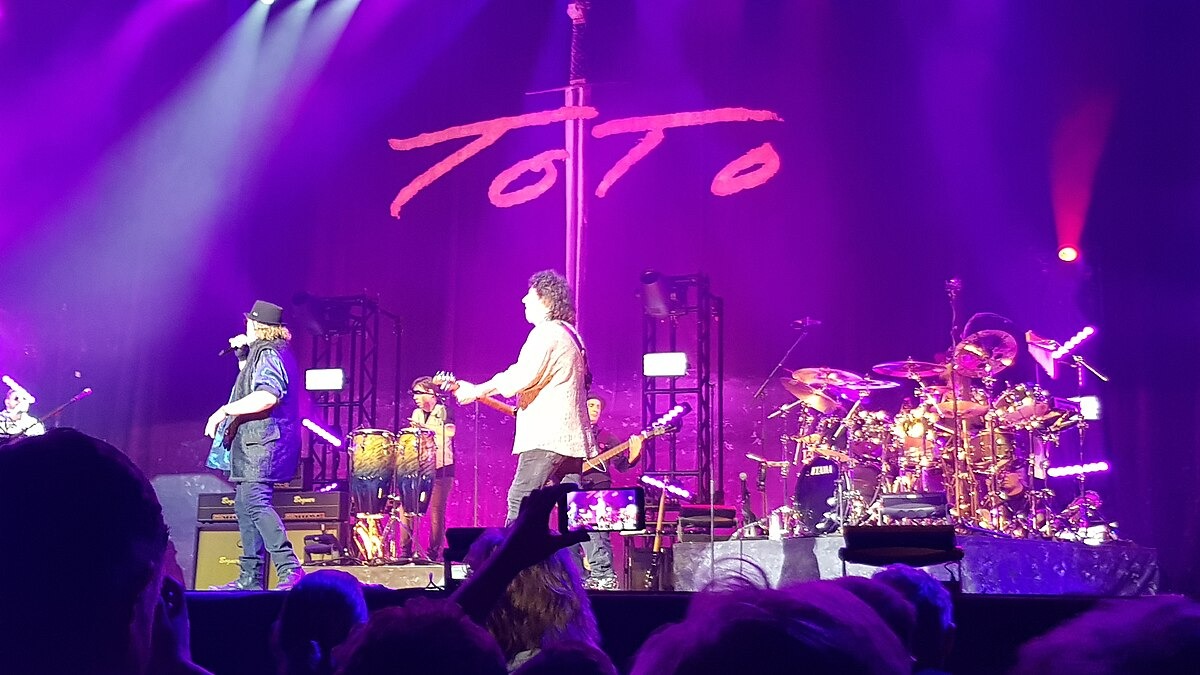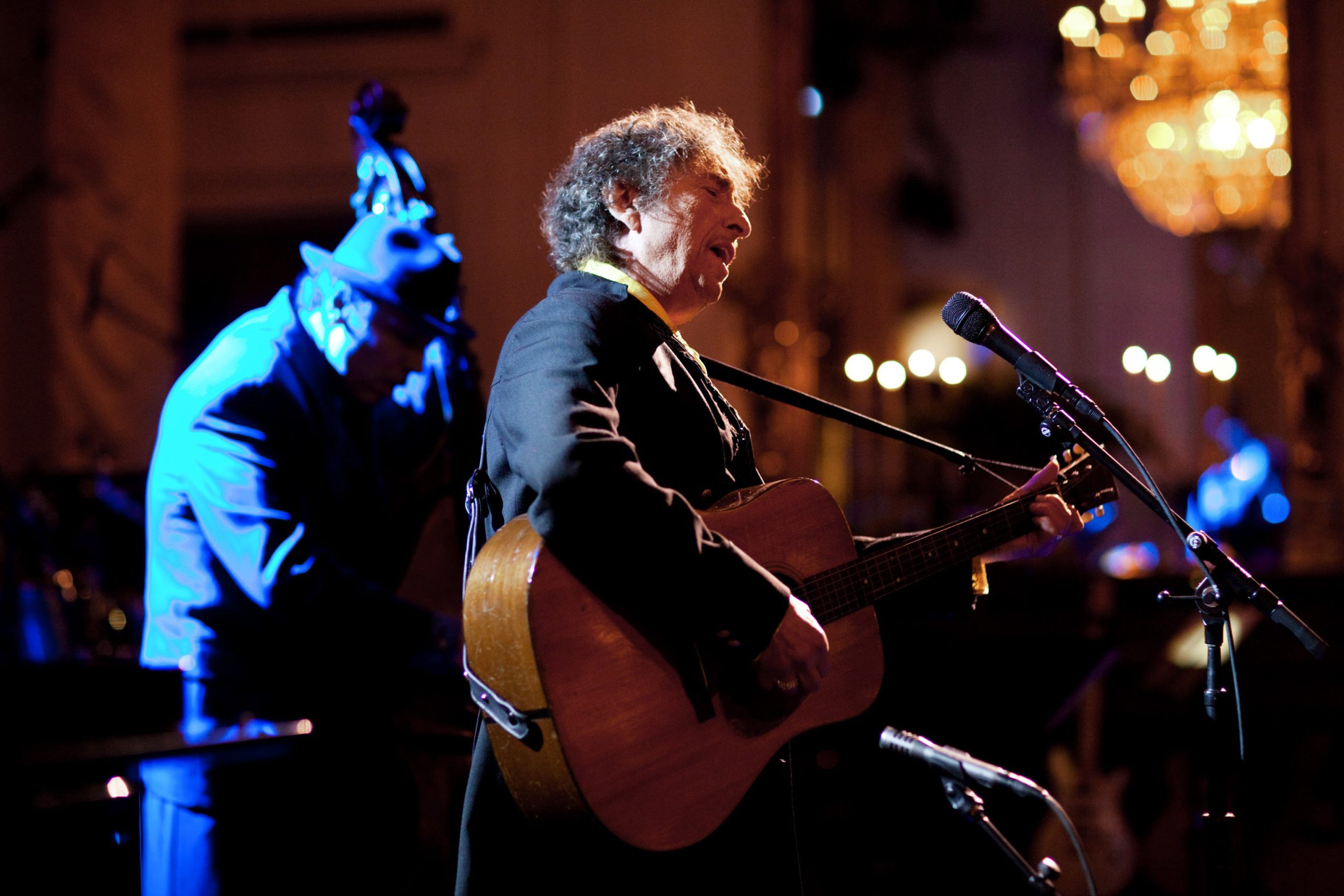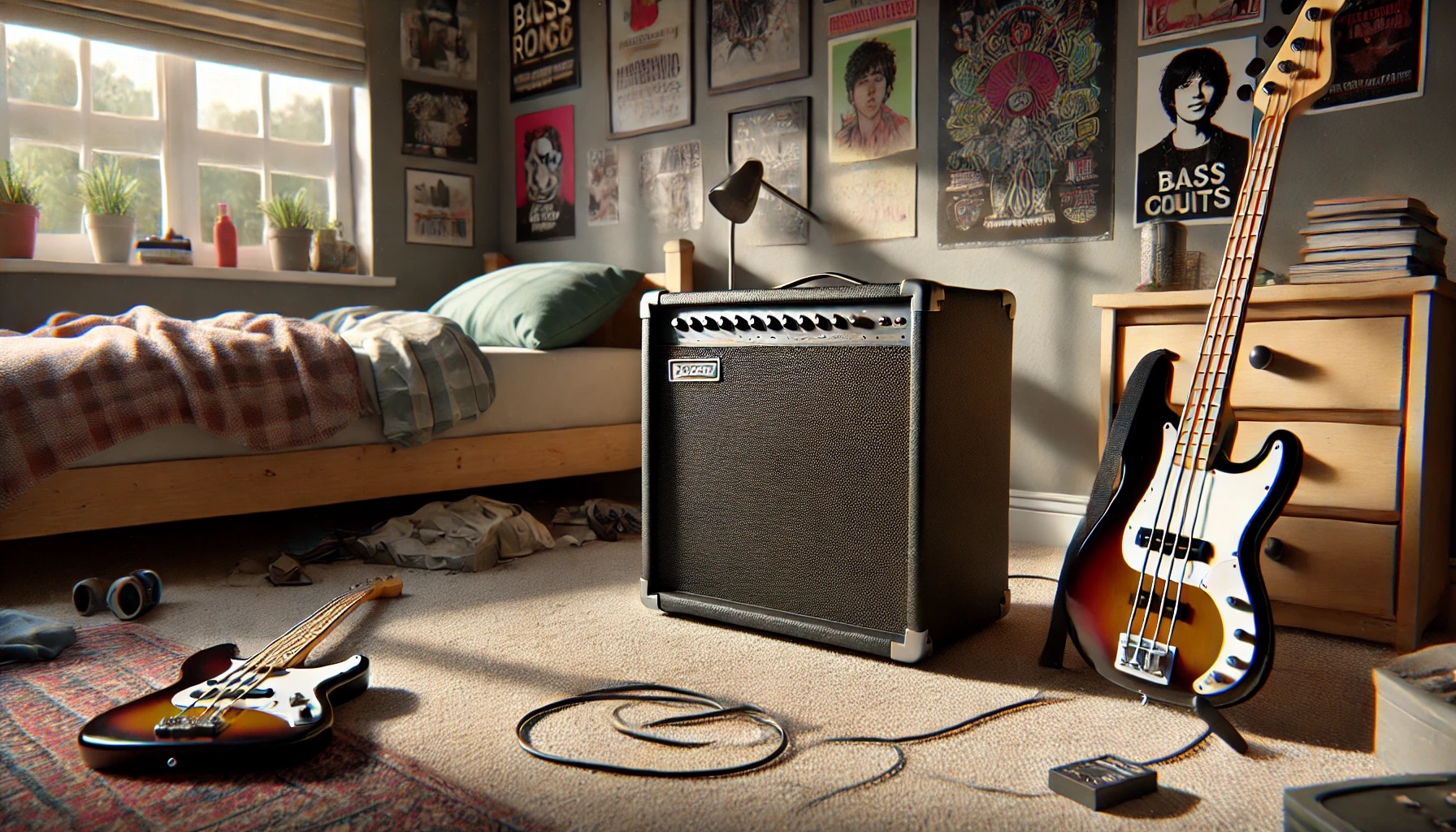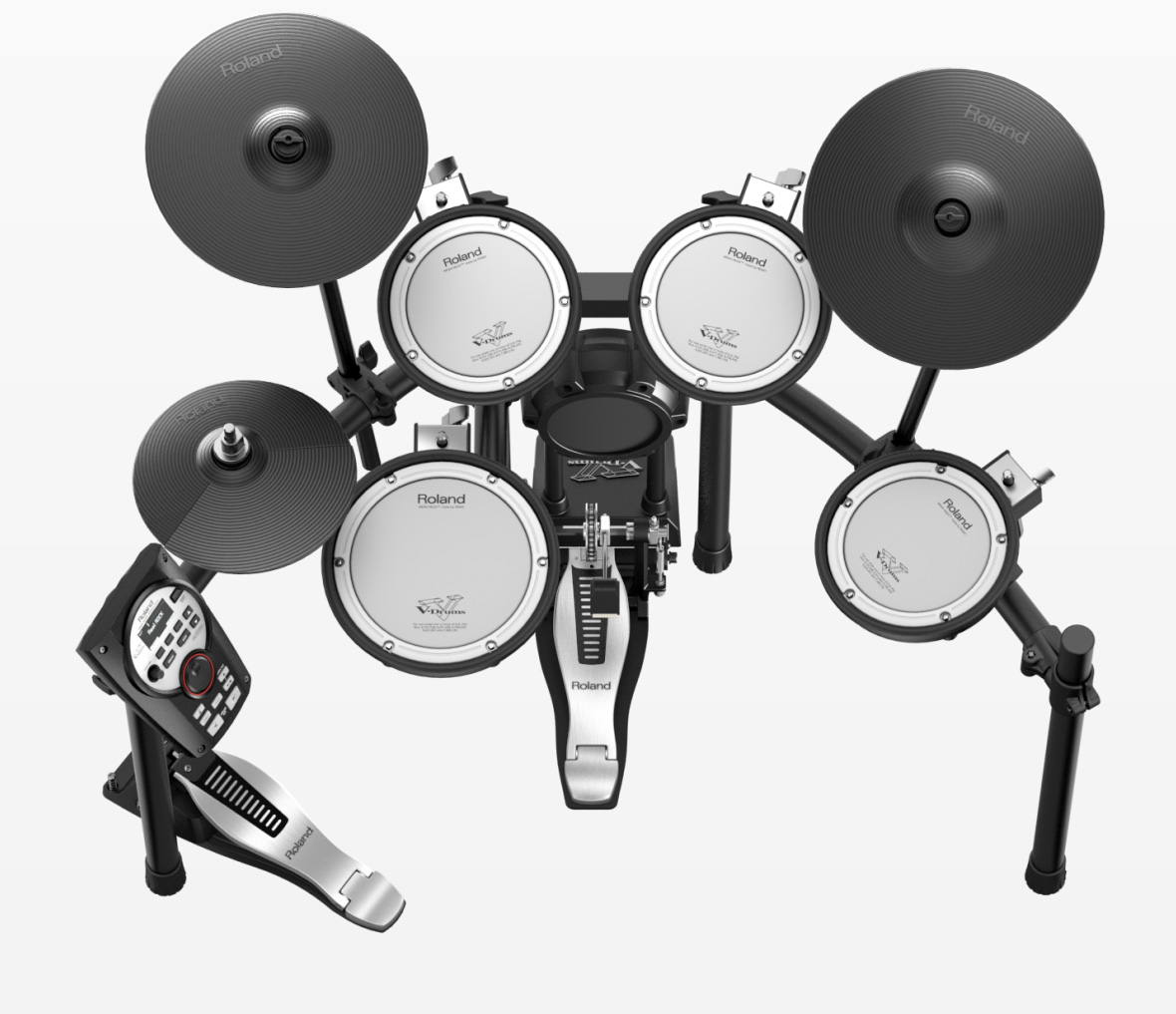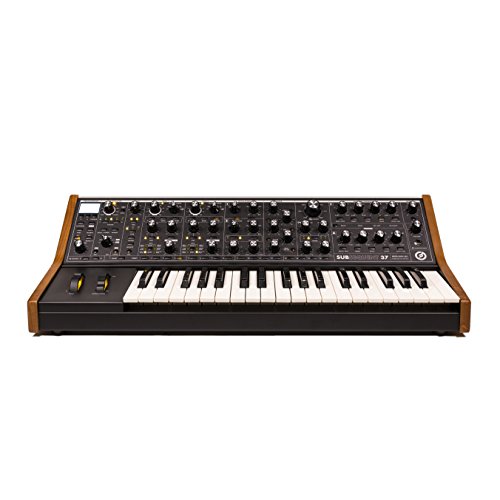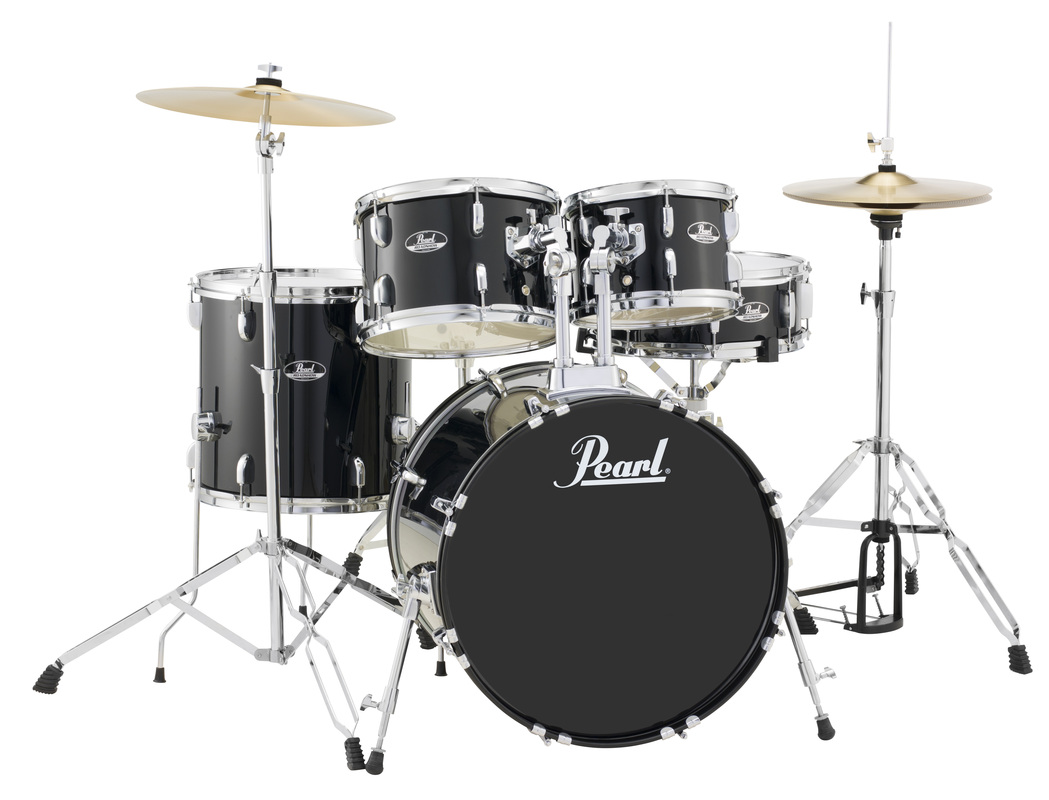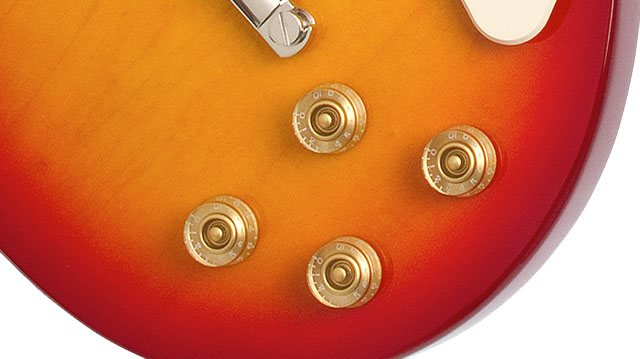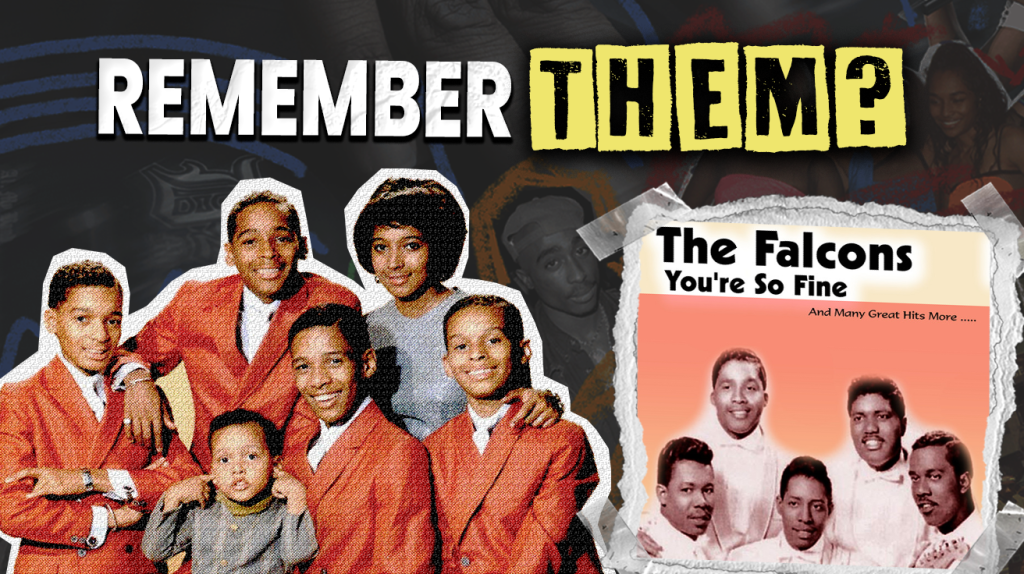
Between Motown’s assembly line hits and Stax’s raw gospel fire, dozens of soul bands were crafting magic in basement studios and community centers across America. These groups didn’t get the Billboard love or Rock Hall nods, but they soundtracked block parties, late-night radio, and dance floors from Detroit to Memphis to Milwaukee. While everyone argues about whether The Temptations or The Four Tops reign supreme, the real crate-diggers know the deepest grooves came from bands most people have never heard of.
10. The Falcons
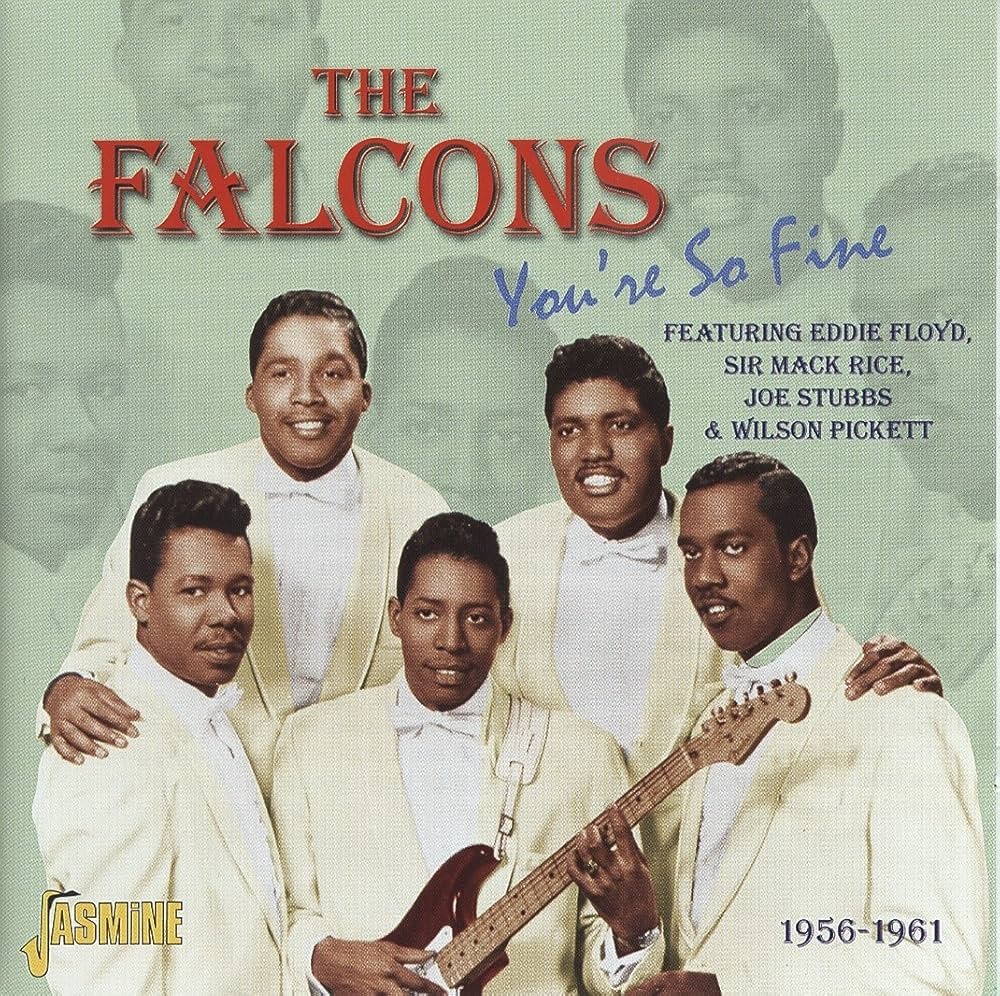
The launching pad for soul royalty that most fans overlook.
Wilson Pickett and Eddie Floyd both cut their teeth with The Falcons before becoming household names. This Detroit group bridged the gap between doo-wop’s neighborhood harmonies and soul’s emotional punch, creating a sound that was part street corner, part Sunday service. Their 1959 hit “You’re So Fine” showcased the raw vocal power that would later make Pickett a legend at Stax Records.
9. The Mad Lads
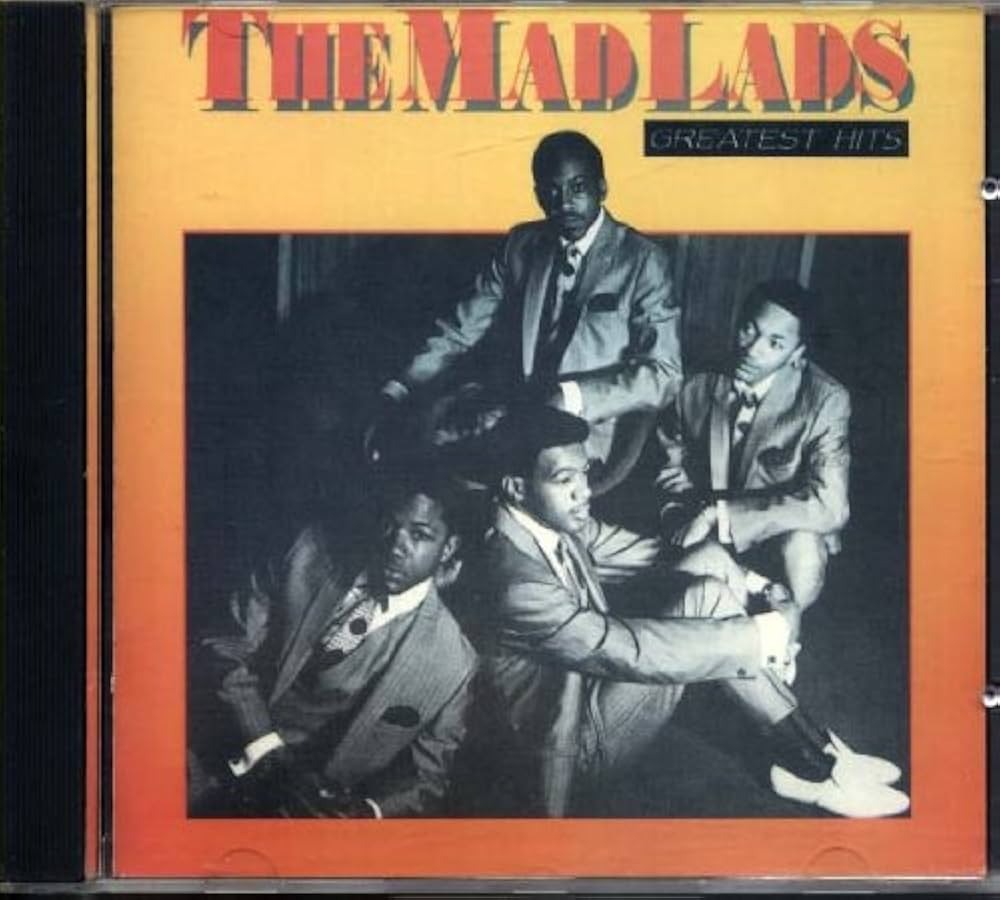
Memphis soul’s best-kept secret hiding in plain sight.
While everyone obsessed over Otis Redding and Sam & Dave, The Mad Lads were quietly perfecting their own brand of Stax magic. These Memphis natives delivered smooth harmonies with just enough grit to remind you they weren’t playing around. Their 1965 single “Don’t Have to Shop Around” proved they could match Motown’s sophistication while keeping that southern soul edge intact.
8. The Esquires
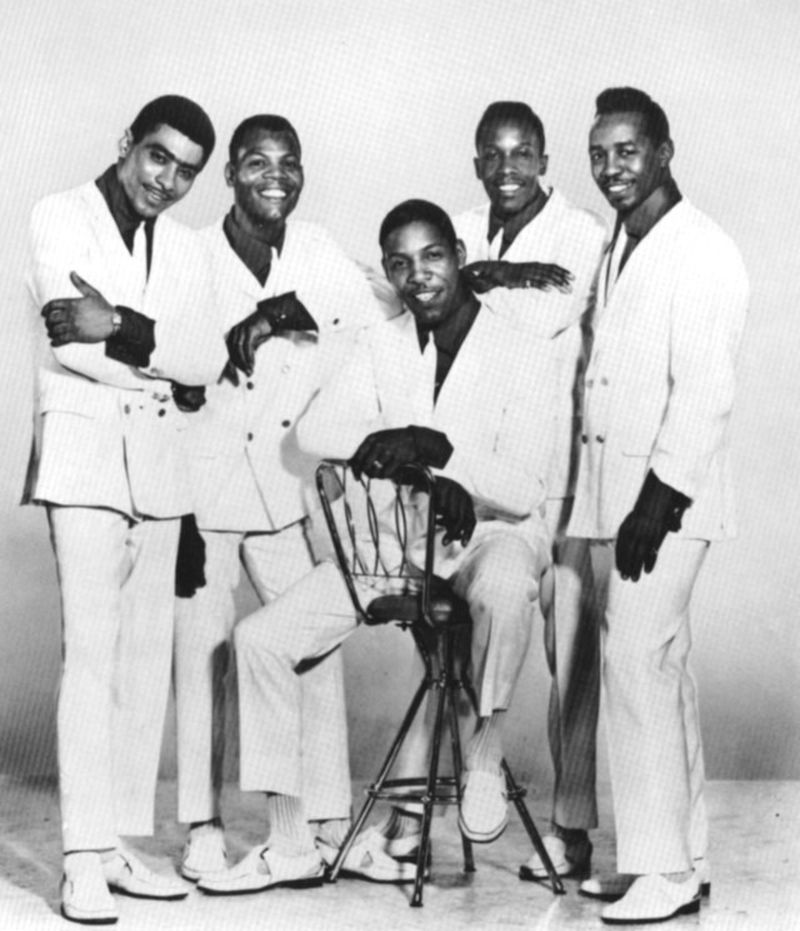
Milwaukee’s answer to Motown that radio couldn’t ignore.
Geography didn’t stop The Esquires from delivering one of 1967‘s most infectious grooves. “Get On Up” became a Top 20 hit, proving that soul music wasn’t limited to the traditional hotbeds of Detroit and Memphis. These Wisconsin natives brought a midwestern work ethic to their harmonies, crafting songs that hit just as hard as anything coming out of Hitsville USA.
7. The Vibrations
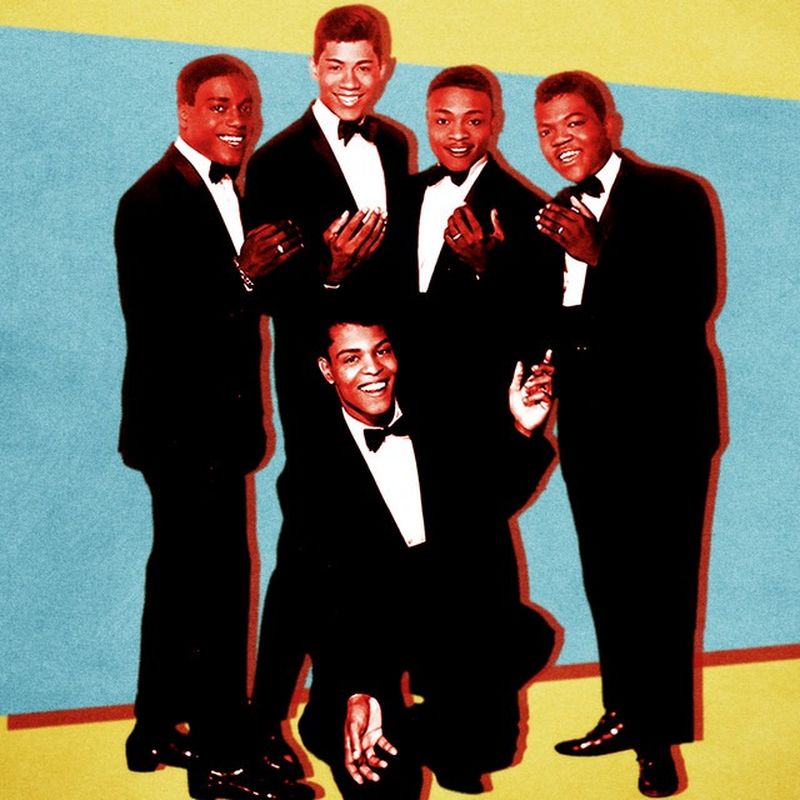
The original “Hang On Sloopy” architects before anyone knew the name.
Before The McCoys made “Hang On Sloopy” a household singalong, The Vibrations recorded “My Girl Sloopy” in 1964. Their version packed more R&B punch than the rock radio favorite that followed, showcasing how soul artists often created the blueprints that others turned into mainstream gold. The Vibrations proved that sometimes being first doesn’t guarantee being remembered.
6. The Royalettes

Baltimore’s orchestral soul pioneers with operatic ambitions.
“It’s Gonna Take A Miracle” showcased The Royalettes’ ability to blend girl group harmonies with lush orchestration that predicted the sophisticated soul sounds of the 1970s. These Baltimore natives understood that soul music could be both deeply emotional and musically complex, creating arrangements that satisfied both the heart and the head.
5. The Intruders
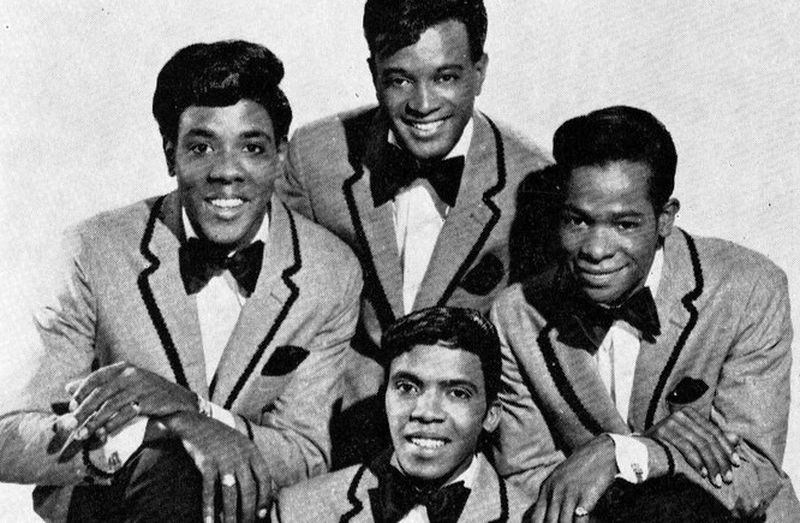
Philly soul’s advance guard before the world knew what hit them.
The Intruders were crafting the Philadelphia sound before Gamble & Huff turned it into a formula. Working with the same production team on smaller labels, they helped establish the orchestral soul template that would later define an entire era. Their early work laid the groundwork for what became one of soul music’s most distinctive regional sounds.
4. The Montclairs
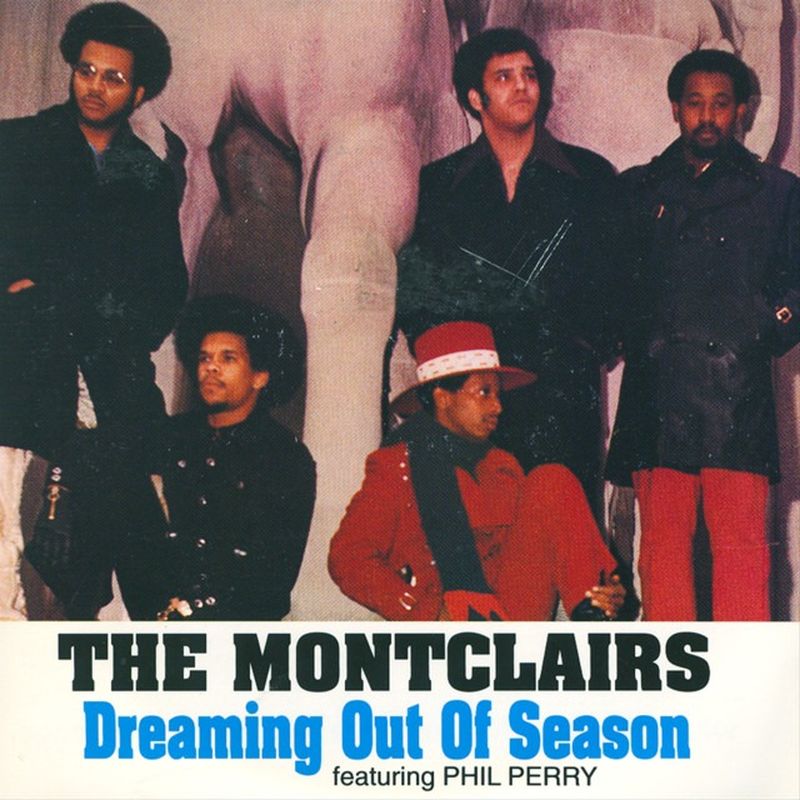
Deep soul specialists for the true believers.
“Dreaming Out of Season” epitomizes everything collectors love about forgotten soul music: raw emotion, perfect production, and the kind of vocal performance that makes you wonder how this never became a standard. The Montclairs understood that sometimes the most powerful soul music happens in the spaces between commercial expectations and artistic truth.
3. The Masqueraders
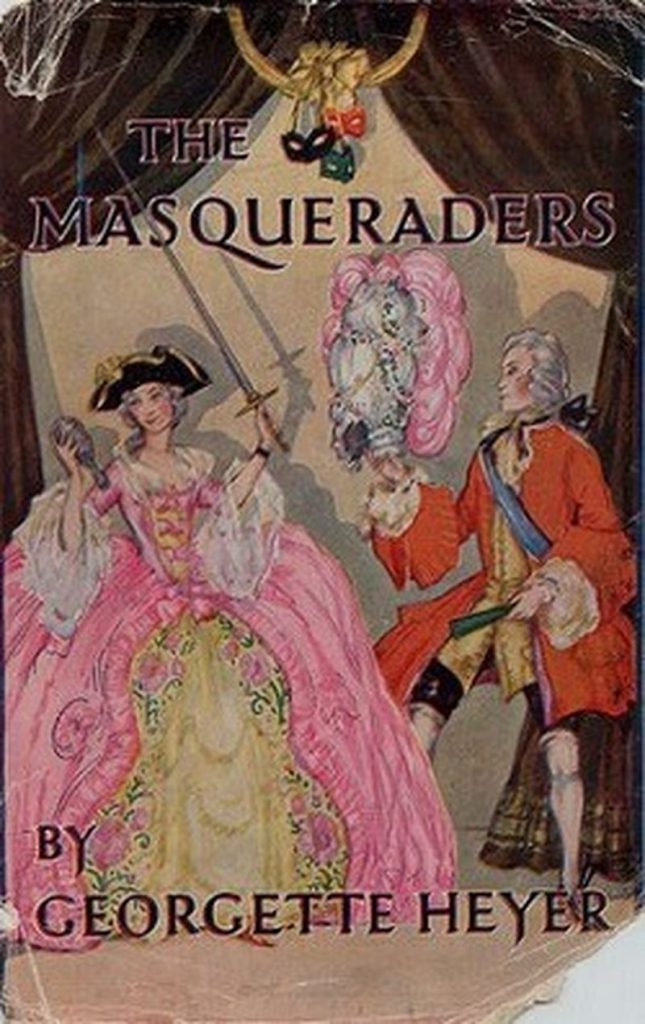
Dallas-to-Memphis migrants bridging musical generations.
Starting in Texas and eventually working out of Memphis, The Masqueraders carried doo-wop’s vocal traditions into soul’s emotional territory. They represented the geographic and musical journey that many groups took during the 1960s, adapting their sound to new scenes while maintaining their harmonic DNA.
2. The Five Stairsteps
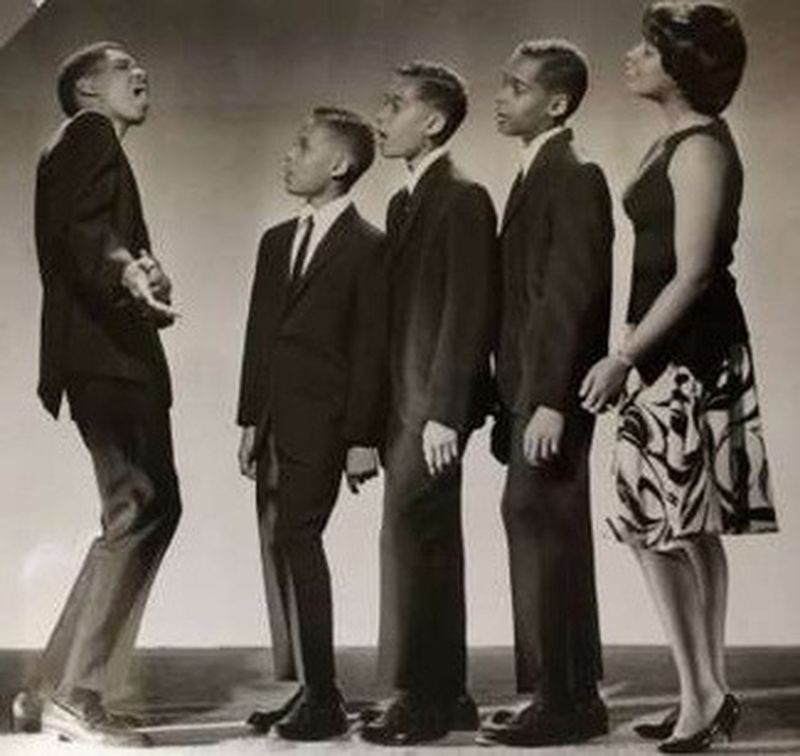
The family band that gave the world an eternal anthem.
“O-o-h Child” became The Five Stairsteps’ calling card in 1970, but their earlier work throughout the late 1960s showed a group constantly evolving their sound. This Chicago family band understood how to balance commercial appeal with genuine soul, creating music that worked for both radio programmers and discerning listeners.
1. The Diplomats

East Coast club circuit legends with underground credibility.
Led by William “Scooter” McClain, The Diplomats built their reputation in venues where the crowd decided what was hot, not radio programmers. Their modest chart impact belied their influence on the live soul circuit, where they perfected the kind of energetic performances that kept dance floors packed throughout the decade.




